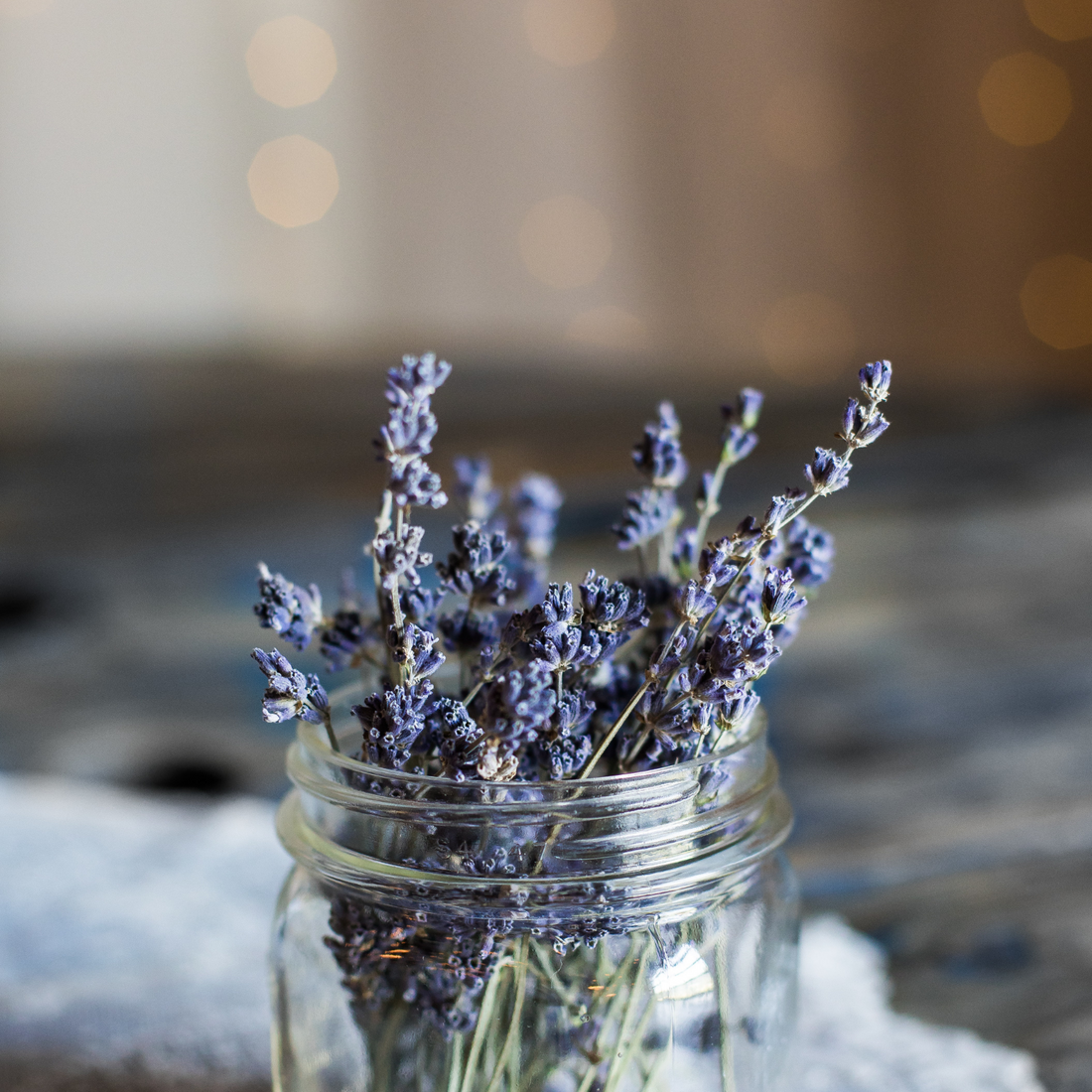We are going to have an in-depth look at Lavender and it’s different varieties that are produced as essential oils. Lavender Essential Oil is one of the most widely used essential oils in Aromatherapy and an important part of any dispensary. It’s the oil most frequently reached for and suggested for blends, as it has such a versatile usage profile.
Each variety of Lavender has a slightly different chemical makeup and therefore varies in clinical application and properties for use.

Lavender is from the family of Lamiaceae of the genus Lavandula. Some common names of the species varieties are:

Some of the common chemical constituents they share are: linalool, linalyl acetate, aneole, camphor, lavandulyl acetate, lavandulol, terpine, and beta-caryophyllene.
Each variety has these chemicals in differing percentages, making their fragrance very different as well as their application for use.
Some common properties of Lavender varieties and species share in clinical application are:
Emotionally calming; relieves depression; helps improve sleep; relieves burns; good support to respiratory system; skin regeneration; pain relieving; antimicrobial, anti-inflammatory; helps soothe muscle pain; good for balancing hormones; antispasmodic, to relieve menstrual cramps; helps with wound healing; reduces anxiety
If there was just one essential oil or an all-rounder that did everything, Lavender would be it. It has the rescue remedy of essential oils. Let’s take a look at some of the most common Lavender varieties currently available in essential oil and their safety and uses in Aromatherapy.

1. Lavender (lavandula angustifolia) or True Lavender

Most commonly available and primarily grown in Europe and most often called by different natives depending on where it’s grown. Could be named true, english, himalayan, maillette.
This Lavender contains esters which are by nature soothing and calming. This oil is harmonizing to the nervous system, can regenerate the skin, soothes emotional turmoil, eases headaches, and decreases anxiety. This lavender is a good choice for children and pregnant women. Also helps relieve menstrual cramps due to its antispasmodic properties. This lavender variety is colourless and pale, with a sweet, herbaceous, floral, refreshing aroma.
2. Spike Lavender (lavandula latifolia medic)

Spike lavender is pale yellow, fresh, herbaceous, and camphoraceous with a woody base note. Spike Lavender is high in camphone and cineole.
It’s considered male lavender, a medicinal lavender that is strong and can help cleanse the liver, clear the lungs and chest of mucous, help with pain in stiff joints, and cure a headache. It also has an antibacterial quality and is antifungal as well. It can kill pathogens as well as fungal and microbial activity.
Great for sports massage due to its antispasmodic effect on smooth muscles. It has analgesic properties and is also indicated for severe burns.
So as you can see Spike Lavender is a true medicinal essential oil that should have a place in any family first aid kit.
3. Lavandin (lavandula x intermedia)

It’s a hybrid of True Lavender and Spike Lavender. Lavandin is significantly cheaper due to it’s high yield oil. The oil content is high in camphor and in linalool. Some say it's the best of both true and spike. Being relaxing and stimulating. So it can calm but has great medicinal properties and is high in antibacterial qualities.
Lavandin is a pale yellow herbaceous, refreshing aroma similar to Rosemary. It’s a middle to top note. This oil is popular in the fragrance industry commonly used in soaps and cosmetics. Lavandin has its own benefits. It's good for stimulating lymph and cleansing the body systems and good all-around analgesic.

